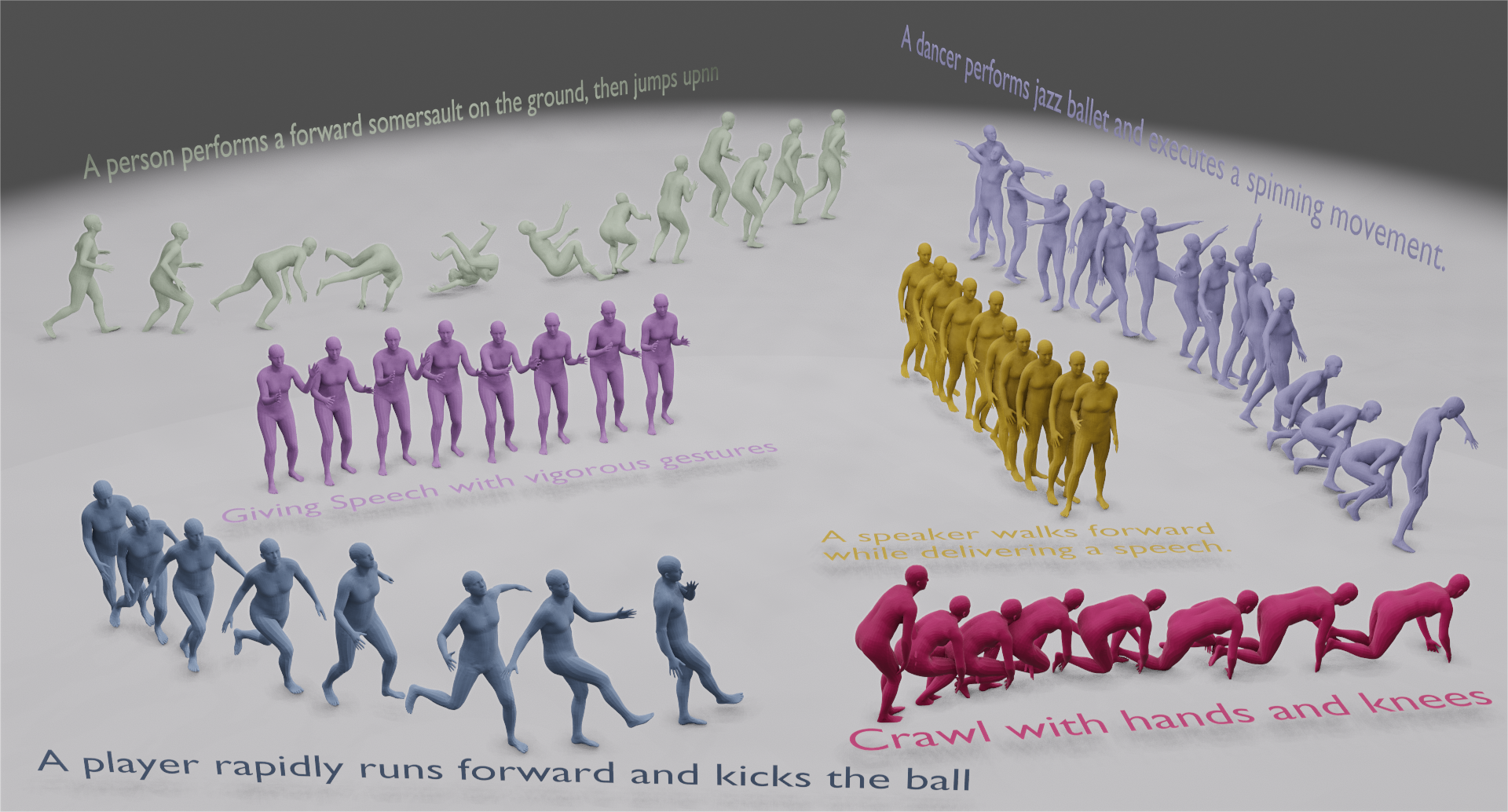MCM: Multi-condition Motion Synthesis Framework for Multi-scenario
The objective of the multi-condition human motion synthesis task is to incorporate diverse conditional inputs, encompassing various forms like text, music, speech, and more. This endows the task with the capability to adapt across multiple scenarios, ranging from text-to-motion and music-to-dance, among others. While existing research has primarily focused on single conditions, the multi-condition human motion generation remains underexplored. In this paper, we address these challenges by introducing MCM, a novel paradigm for motion synthesis that spans multiple scenarios under diverse conditions. The MCM framework is able to integrate with any DDPM-like diffusion model to accommodate multi-conditional information input while preserving its generative capabilities. Specifically, MCM employs two-branch architecture consisting of a main branch and a control branch. The control branch shares the same structure as the main branch and is initialized with the parameters of the main branch, effectively maintaining the generation ability of the main branch and supporting multi-condition input. We also introduce a Transformer-based diffusion model MWNet (DDPM-like) as our main branch that can capture the spatial complexity and inter-joint correlations in motion sequences through a channel-dimension self-attention module. Quantitative comparisons demonstrate that our approach achieves SoTA results in both text-to-motion and competitive results in music-to-dance tasks, comparable to task-specific methods. Furthermore, the qualitative evaluation shows that MCM not only streamlines the adaptation of methodologies originally designed for text-to-motion tasks to domains like music-to-dance and speech-to-gesture, eliminating the need for extensive network re-configurations but also enables effective multi-condition modal control, realizing "once trained is motion need".
PDF Abstract
